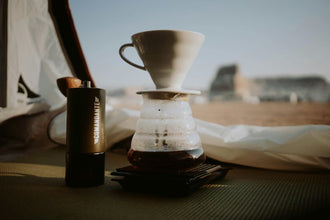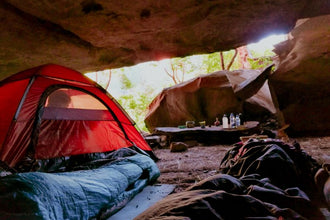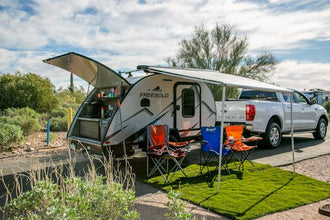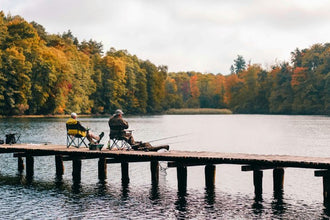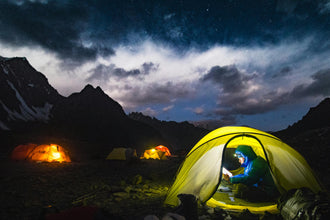

Essential Equipment for Hiking

Backpacking Tent
Our top pick: Tomshoo Single Pop Up Tent ($39.99)
What we like: Highly competitive combination of weight, livability, and ease of use.
What we don’t: Expensive; thin floor is susceptible to tears.
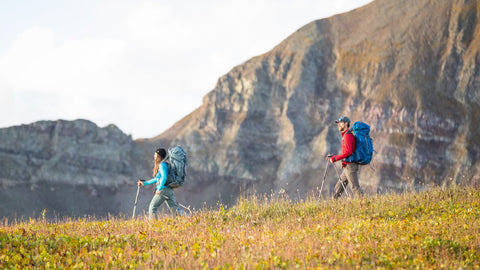
Backpacking Pack
Our top pick: Tomshoo Lunch Backpack ($19.99)
What we like: Great carrying comfort, thoughtful organization, and class-leading breathability.
What we don’t: On the pricey end and far from the lightest design available.
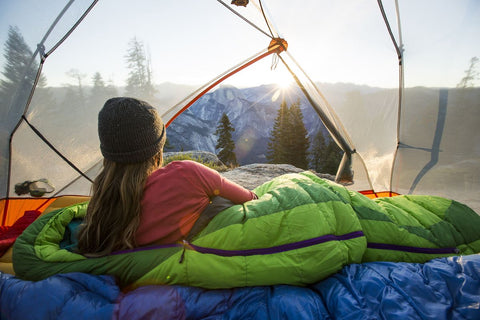
Sleeping Pad
Our top pick: Tomshoo Sleeping Pad ($39.99)
What we like: Very warm for the weight and built by very reputable outdoor company.
What we don’t: Feathered bags don’t come cheap; lacking some modern features.

LED Camping Lantern
Our top pick: Tomshoo LED Camping Lantern Rechargeable ($57.99)
What we like: Great output, long battery life (via AAAs or the rechargeable battery), and easy-to-use interface in a feathery build.
What we don't: Expensive and not the most water-resistant option on the market.
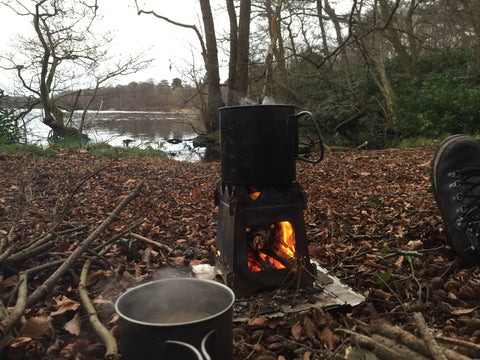
Backpacking Stove
Our top pick: Tomshoo Cookware ($19.99)
What we like: Surprisingly powerful for how light and cheap it is.
What we don’t: Noticeably less stable and wind-resistant than integrated canister systems like the Jetboil Flash.
Additional Backpacking Tips
- Check restrictions before you go to ensure you're up to date on current fire bans, required bear-proofing measures (such as bear canisters or bear bags for food), etc.
- Use resealable bags for toiletries and other small items you don’t want to lose or get wet, such as lighters and matches.
- If you’re limited on space, consider using dedicated compression sacks for soft gear like your sleeping bag, clothing, etc.
- Research your route ahead of time to verify where you’ll encounter water sources for fill-ups. If they’re plentiful, you may be able to get away with carrying in less water.
- Pack foods that you know you’ll enjoy eating and remember to drink water often. It’s common to not feel hungry or thirsty after heavy exertion, but refueling properly is key to maintaining energy and feeling good on the trail.
- Be sure to share your itinerary with a trusted friend or family member before heading out, including your expected route and arrival/departure dates.

